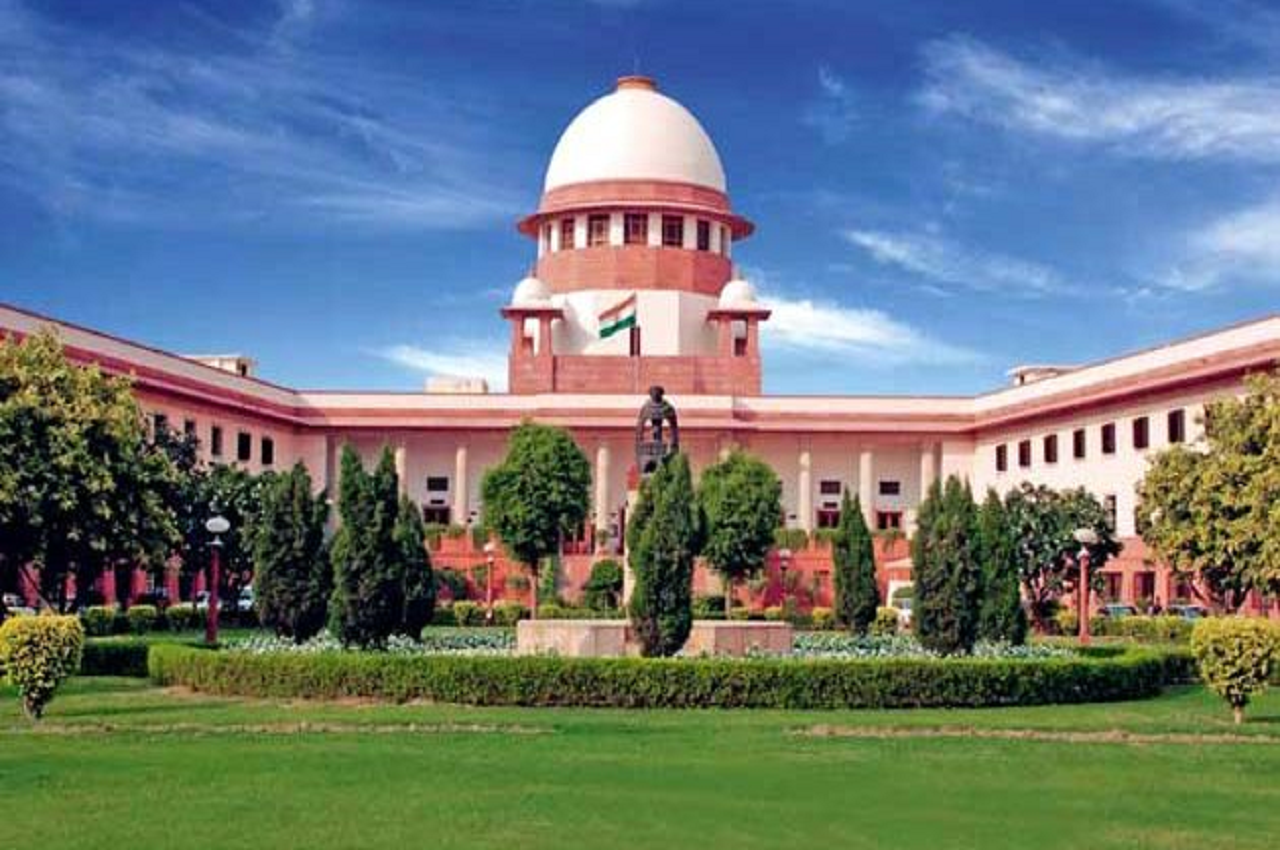The pending cases in the Supreme Court of India has reached an all-time high, nearing 83,000, despite efforts to increase the strength of judges. Over the past decade, the number of pending cases in the apex court has grown. This situation has persisted despite the increase in the sanctioned strength of judges from 26 to 31 in 2009 and further to 34 in 2019. The consistent rise in pending cases raises concerns about the efficacy of judicial reforms and highlights the need for more effective measures to ensure timely justice.
Historical Overview Of Pendency
The pendency in the SC has been a growing concern. After the increase in the number of judges in 2009, the number of pending cases rose from 50,000 to 66,000 by 2013. The situation saw a slight improvement in 2014 when the pendency was reduced to 63,000 cases during the tenure of Chief Justices P Sathasivam and R M Lodha. Further reduction was achieved under CJI H L Dattu in 2015, bringing the pendency down to 59,000 cases.
However, this downward trend was short-lived. By the time CJI T S Thakur took office in 2016, the pendency had risen again to 63,000 cases. During Justice J S Khehar’s tenure, who introduced the concept of paperless courts through information technology, the pendency was reduced to 56,000 cases in 2017. The following year, under Justice Dipak Misra, the number of pending cases increased slightly to 57,000.
Impact Of Increasing Judicial Strength
Justice Ranjan Gogoi, as CJI, managed to convince the government to further increase the number of Supreme Court judges from 31 to 34 in 2019. However, this increase in judicial strength did not result in a decrease in pendency. Instead, the number of pending cases rose to 60,000. The COVID-19 pandemic further exacerbated the situation. During Justice S A Bobde’s tenure as CJI, the pendency escalated to 65,000 as the pandemic disrupted the justice delivery system.
In 2021, the pendency crossed 70,000 cases under CJI N V Ramana, and by the end of 2022, it had surged to 79,000. Despite several innovative IT-based interventions introduced by Justice D Y Chandrachud, the pendency continued to rise, reaching a record high of nearly 83,000 cases by 2024.
Analysis Of Current Pendency In Supreme Court
As of now, 82,831 cases are pending in the SC, with 27,604 of these cases being less than a year old. This year, 38,995 fresh cases were filed, while the court disposed of 37,158 cases, resulting in a near-equal rate of case filing and disposal. However, the overall pendency remains a significant concern.
Pendency In High Courts And Trial Courts
The situation is similarly challenging in the high courts and trial courts across the country. In 2014, the cumulative pendency in high courts was 41 lakh, which has since risen to 59 lakh in 2023, after briefly touching 61 lakh. The trial courts, which had a pendency of 2.6 crore cases in 2014, now face a backlog of 4.5 crore cases.
Also Read: Cyclone In Arabian Sea After 48 Years, IMD Issues Severe Rain Alert In Gujarat, 14 Other States












